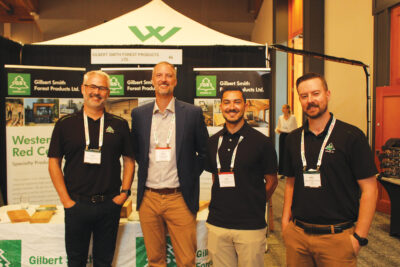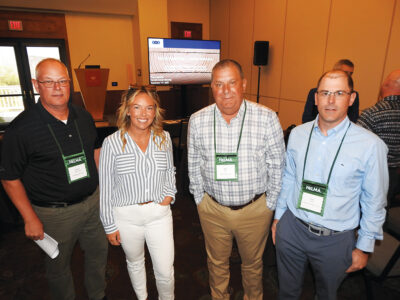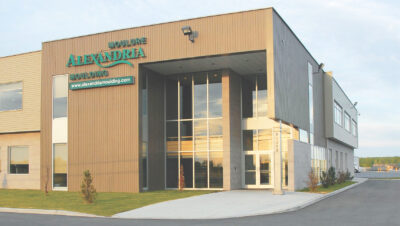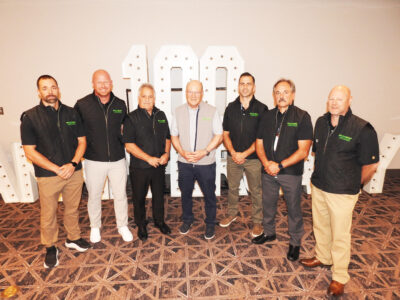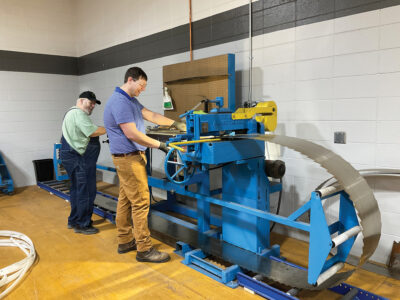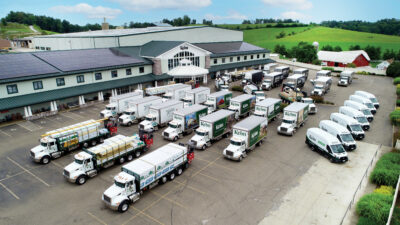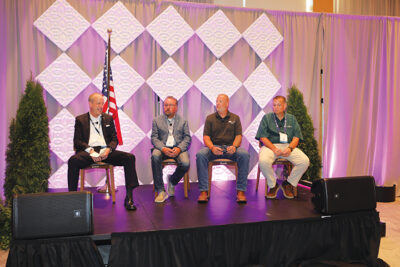Record Number Of Construction Job Openings
The count of open construction jobs jumped to a record-high 449,000 unfilled positions in April (the latest data available at press time), according to the Job Openings and Labor Turnover Survey data from the Bureau of Labor Statistics. This is the highest measure in the history of the data series (going back to late 2000).
The construction labor market remains tight, as the industry sees a rising number of job openings year-over-year. The housing market remains underbuilt and requires additional labor, lots, and lumber and building materials to add inventory. However, the market is now slowing due to higher interest rates and this will likely be reflected in construction labor market data in the months ahead.
Construction sector layoffs remained low at a 1.5 percent rate in April. In April 2020, the layoff rate was 10.8 percent. Since that time however, the sector layoff rate has been below 3 percent, with the exception of February 2021 due to weather effects. The rate trended lower in 2021 due to the skilled labor shortage and remains low in 2022 as the market remains tight.
The job openings rate in construction remained elevated at 5.6 percent in April, with 449,000 open positions in the sector. This is significantly higher than the 329,000 count recorded a year ago.
NAHB Chief Economist Robert Dietz provides more analysis in this Eye on Housing blog post.
Housing Crisis In The Spotlight At High-Level Meeting In Washington
At a meeting last month hosted by National Association of Home Builders (NAHB) and the U.S. Department of Housing and Urban Development (HUD), NAHB Chairman Jerry Konter set the tone for the conversation by noting that “housing affordability is the top priority of NAHB members and we feel it should be the top priority of lawmakers and government officials.”
HUD Secretary Marcia Fudge echoed Konter’s remarks. “We need to rethink housing,” said Secretary Fudge. “If we do not address the housing crisis right now, we all will have failed.”
The meeting, held at the National Building Museum in Washington, served as a kickoff event for the Innovative Housing Showcase a three-day event on the National Mall featuring new building technologies and housing solutions to make housing more innovative, resilient and affordable for American families.
The event also featured a series of panels on how innovative building technology can bend the cost curve, and what public and private sectors can do to spur the adoption of this technology.
Before the first panel, an economic presentation by NAHB Chief Economist Rob Dietz and the National Multifamily Housing Council VP of Research Caitlin Sugrue Walter laid bare the issues facing the U.S. housing environment.
“We have a persistent housing deficit in the country and the costs to build are going up,” noted Dietz. “The time to address these issues is now, and we need to address them with market solutions and government policy changes.”
The first panel, moderated by Jenny Schuetz of the Brookings Institute, focused on incorporating innovative building techniques into common practice. Joan Glickman, Program Manager, Residential Buildings at the U.S. Department of Energy, touted some of the work her agency has done through its Advanced Building Construction initiative, including a recent award of $33 million for retrofitting homes in real-world trials.
Michael Parker, with home builder Ivory Homes in Utah, agreed that a focus on retrofitting existing homes would do much more for overall building energy efficiency than increasing requirements on new homes. He also noted that modular building practices are just coming into maturity in the U.S. after enjoying decades of success overseas.
NAHB First Vice Chair Alicia Huey moderated the next panel with newly confirmed Federal Housing Administration Commissioner Julia Gordon and Dr. Rodney Harrell from AARP. Commissioner Gordon noted that it is “the duty of the federal government to move quickly and make sure regulations are updated for new developments in home building, like accessory dwelling units.”
Harrell said that his group is seeing a disconnect between what people are asking for today compared to what demands home owners will be making of their homes in the future, especially around universal design. He noted that in addition to cooperation between government and industry, there needs to be a lot more public education on the issues.
Getting the public to understand that the housing affordability crisis is tied to antiquated ideas about where and what type of housing is allowed to be built is a key challenge to delivering solutions.
Learn more at www.nahb.com.


